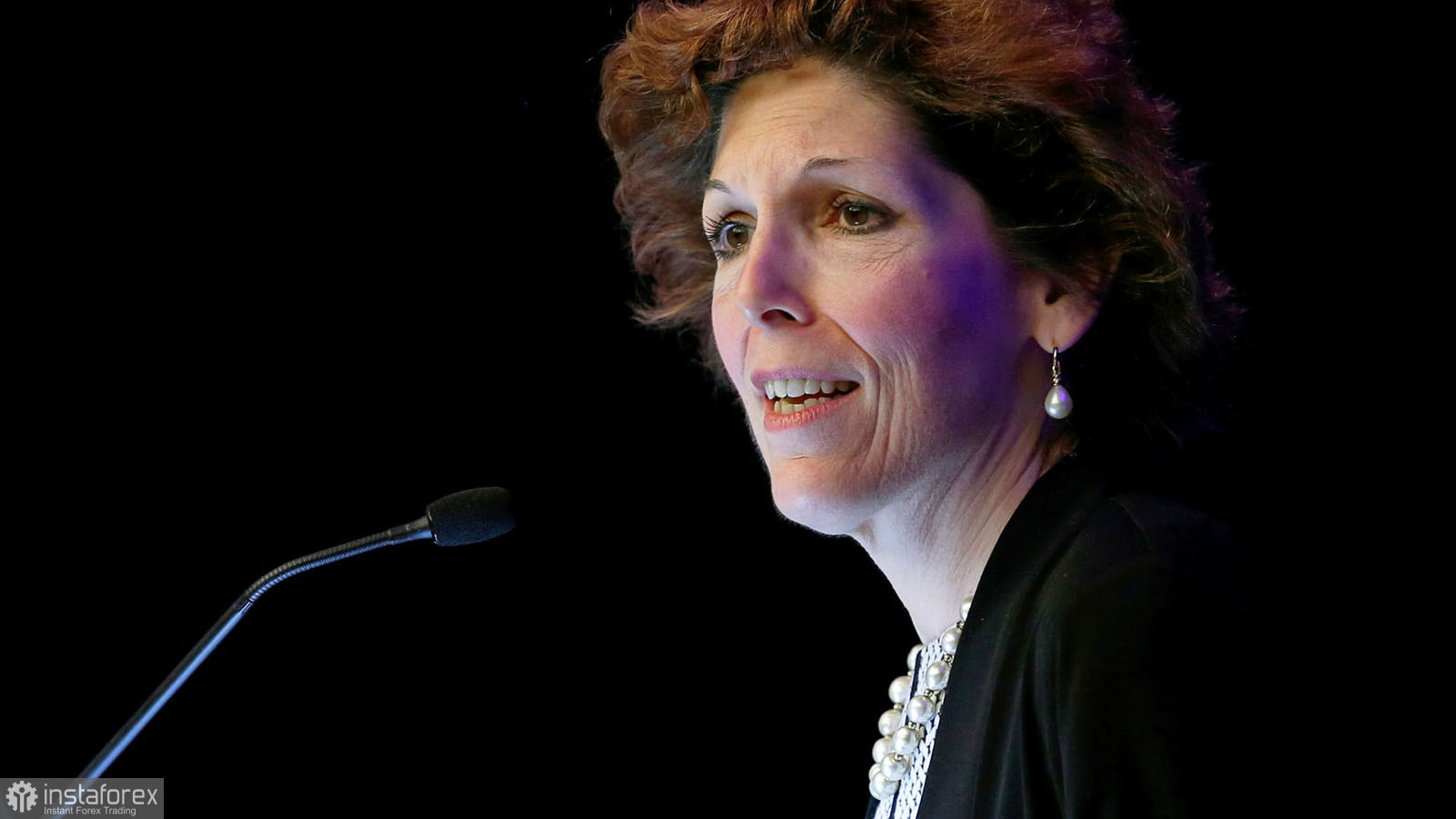
The key US stock market indices – Dow Jones, NASDAQ, and S&P 500 – ended Wednesday with another fall. Recall that this is exactly the scenario we expected when the stock market showed paradoxical growth in recent weeks. Currently, the Dow Jones index, for example, has already lost more than 50% of the growth observed a few weeks ago. We warned that unreasonable growth could be a trap for buyers. Large players artificially increased the demand for shares of many companies to drive the price as high as possible and further sell off shares at more favorable prices. That's what's happening right now. Thus, a miracle did not happen: stock indices and stocks cannot show growth when the Fed raises the key rate every six weeks. Accordingly, we expect that the US market will not just continue to fall. It will also update its annual lows. How low it will fall will be clear by what decision the Fed will make in September and what rhetoric the Fed's members will voice in September.
And at the moment, the rhetoric of Fed members tends to tighten, no matter how surprising it may be. After the regulator raised the rate to 2.5%, many expected that the rhetoric would soften and that FOMC members would slowly start talking about slowing the increase and lowering the rate next year. But no, the reality is the opposite. Many monetary committee members are now discussing the need to raise the rate above 4%. However, a couple of months ago, the opinion prevailed that the peak rate was in the region of 3.5%. The Fed wants to see the rate in the 4–4.5% range and will probably continue to raise it in 2023. For example, the head of the Federal Reserve Bank of Cleveland, Loretta Meister, said yesterday that the rate would have to be raised above 4% and kept at this level for quite a long time. In her opinion, the Fed will not cut rates next year. She also noted that the process of slowing inflation would be painful for Americans, households, and businesses, and the size of the rate increase at each particular meeting will depend on the latest inflation reports. Thus, we see that James Bullard was right – the most aggressive "hawk" in the monetary committee – who was the very first to start talking about a higher maximum rate and a long period of high rates. Many other Fed members believed that the rate would rise to 3.5%, and in 2023 the regulator would begin to lower it. For the stock market, such news is naturally bad. We said earlier that we expect the bearish trend to continue until 2022. At this rate, it may continue its decline next year.
 English
English 
 Русский
Русский Bahasa Indonesia
Bahasa Indonesia Bahasa Malay
Bahasa Malay ไทย
ไทย Español
Español Deutsch
Deutsch Български
Български Français
Français Tiếng Việt
Tiếng Việt 中文
中文 বাংলা
বাংলা हिन्दी
हिन्दी Čeština
Čeština Українська
Українська Română
Română

